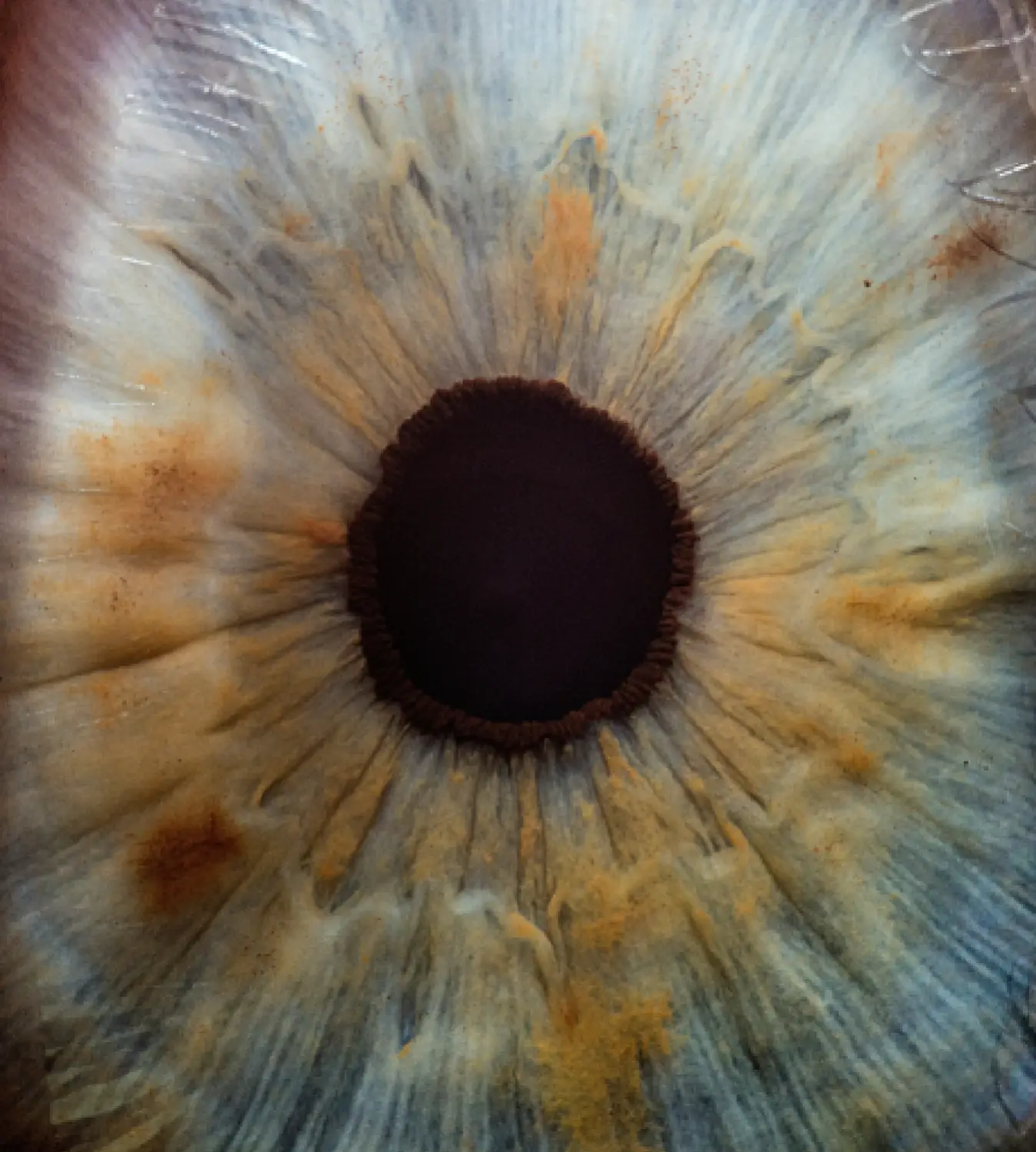Revivacare offers advanced PRK and LASEK procedures, providing tailored solutions to correct vision issues such as myopia, hyperopia, and astigmatism with precision and rapid recovery.

These two procedures are performed to correct vision problems, including hypermetropia, myopia, and astigmatism. The misshape of the cornea causes these three vision problems. There are two widely used techniques for treating them: PRK and LASEK.
Both PRK and LASEK are effective in correcting refractive errors, and the choice between them depends on factors such as corneal thickness, overall eye health, and the specific needs of the patient. These procedures are typically outpatient surgeries performed under local anesthesia, and recovery times can vary from a few days to several weeks, during which vision gradually improves as the eye heals.
PRK (Photorefractive Keratectomy) and LASEK (Laser Epithelial Keratomileusis) are surgical techniques used to correct refractive errors such as myopia, hyperopia, and astigmatism by reshaping the cornea.
PRK involves the complete removal of the outer layer of the cornea (epithelium) before corneal reshaping with a laser. In contrast, LASEK loosens the epithelium with an alcohol solution, moves it aside temporarily, performs corneal reshaping, and then repositions the epithelium.
PRK is suitable for patients with thin corneas or those not eligible for LASIK due to corneal thickness issues. LASEK may be preferable for patients with thinner corneas or specific corneal anatomy concerns.
PRK may involve less risk of complications associated with the corneal flap used in LASIK, making it a preferred choice in certain cases.
After PRK, the epithelium regenerates over several days to weeks, aided by a bandage contact lens. LASEK typically offers faster visual recovery due to the preservation of the epithelial layer, with similar post-operative care involving a bandage contact lens.
To schedule a consultation, please visit Book an Appointment page to book an appointment online.